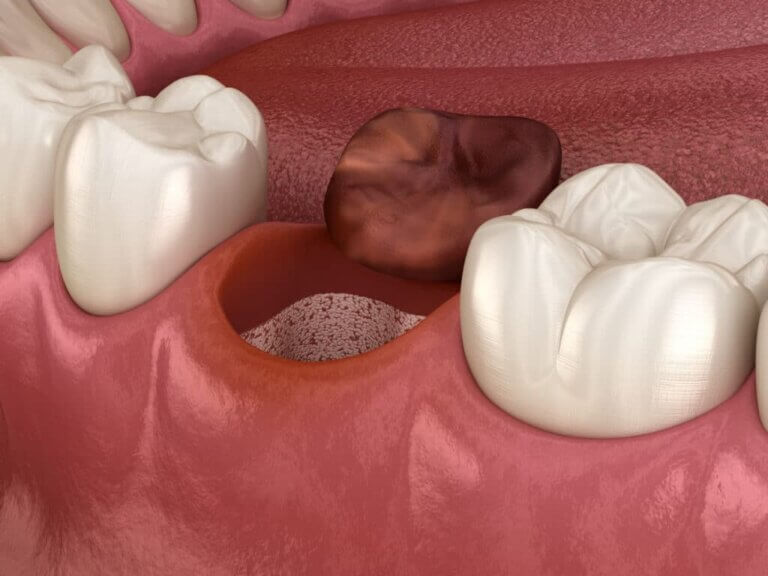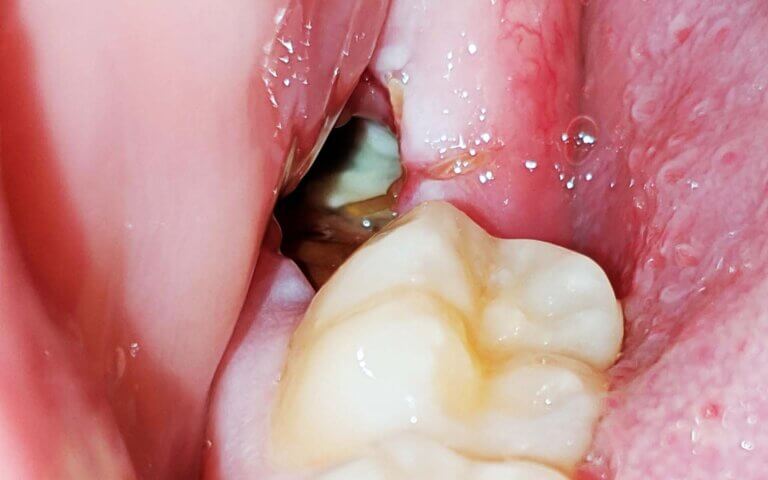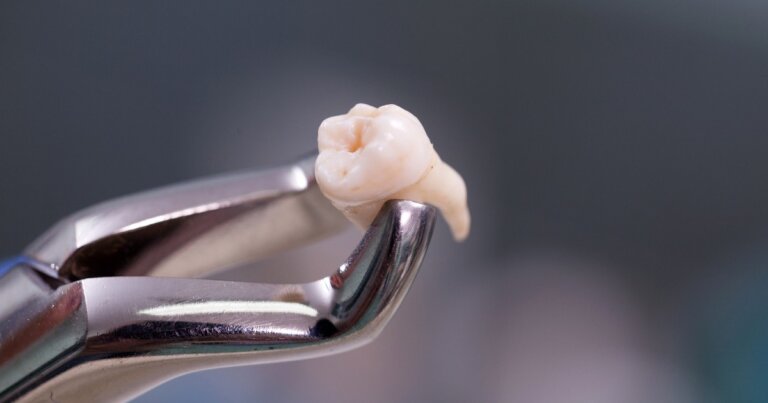Dry Socket Treatment

What Is Dry Socket Treatment?
Dry socket, or alveolar osteitis, is a painful condition that may occur following a tooth extraction. Normally, after a tooth is removed, a blood clot forms in the socket to protect the underlying bone and nerve endings. However, if this blood clot becomes dislodged or dissolves too early, the bone and nerves are left exposed to air, food, and bacteria, leading to pain and potential complications.
Effective dry socket treatment is essential for pain relief and quick healing, combining professional dental care with recommended home practices. Here’s everything you need to know about managing dry socket and finding relief.
- Who is at Risk for Dry Socket?
- Signs and Symptoms of Dry Socket
- Benefits of Dry Socket Treatment
- Dry Socket Treatment Options
- What Is The Cost Of Dry Socket Treatment?
- Frequently Asked Questions About Dry Socket Treatment
If you have any further questions about Dry Socket Treatment or other dental services offered at Atlas Dental, please contact us.

Free phone consultation
Have questions about Dry Socket Treatment? Book a free phone consult with our Toronto dental clinic

5 star google reviews
See for yourself why more and more people are choosing Atlas Dental for Dry Socket Treatment

Book Wisdom Teeth Removal Online
Think you have Dry Socket Treatment and need an appointment? Call our office for same emergency treatment
Who is at Risk for Dry Socket?
Not everyone who has a tooth extracted will develop a dry socket, but certain factors increase the likelihood:
- Smoking: Chemicals in tobacco impair blood clot formation and slow healing.
- Oral Hygiene: Inadequate cleaning around the extraction site can promote infection.
- Previous History: If you’ve had dry socket before, the risk increases for future extractions.
- Complex Extractions: Procedures involving impacted teeth, such as wisdom teeth, may pose a higher risk.
- Age: Healing may be slower in older adults due to reduced blood flow.
Being aware of these factors can help you and your dentist take proactive steps to reduce your risk of developing dry socket. If you have further questions about Dry Socket Treatment, please contact us.

Signs and Symptoms of Dry Socket
If you’re experiencing these symptoms, you may have dry socket and should contact a dentist for evaluation:
- Severe, Radiating Pain: Pain intensifies in the days following extraction, often radiating to your ear or jaw.
- Visible Bone or Empty Socket: The socket may appear hollow or show exposed bone, rather than a blood clot.
- Bad Odor or Taste: A foul smell or taste in your mouth is a common sign.
- Slow Healing: Persistent inflammation or a prolonged healing process can be signs of complications.
Prompt attention to these signs can help prevent further discomfort and complications. If you have further questions about Dry Socket Treatment, please contact us.
Benefits of Dry Socket Treatment
Seeking professional dry socket treatment offers numerous benefits:
- Effective Pain Relief: Targeted treatments, like medicated dressings, provide lasting relief from pain.
- Faster Healing: Promotes new blood clot formation and tissue regeneration.
- Reduced Risk of Infection: Cleaning the socket minimizes bacteria, lowering infection risk.
- Improved Comfort: Quick symptom relief and enhanced recovery experience for patients.
Your dentist can provide treatments to improve comfort and promote quicker healing so you can return to normal activities sooner. If you have further questions about Dry Socket Treatment, please contact us.
Dry Socket Treatment Options
Treatment options vary depending on the severity of the dry socket. Here are the common steps in the treatment process:
- Dental Examination: Your dentist examines the extraction site to assess the severity and check for infection.
- Pain Management: Your dentist may recommend pain relievers, numbing agents, or even local anesthesia to provide immediate relief.
- Socket Irrigation: Rinsing the socket with saline or an antimicrobial solution removes debris and bacteria.
- Medicated Dressing: A medicated dressing, often containing eugenol (clove oil), soothes pain and promotes healing. Your dentist may change this dressing as needed in follow-up visits.
- Home Care Instructions: Your dentist may recommend saltwater rinses and avoiding vigorous mouth rinsing, spitting, or drinking through a straw to avoid further disruption of the socket.
Following these treatment steps and recommendations can help you find relief faster and prevent complications. If you have further questions about Dry Socket Treatment, please contact us.

Cost of Dry Socket Treatment
The cost of Dry Socket Treatment is $118. The codes relevant to Dry Socket Treatment in the Ontario Dental Association’s Suggested Fee Guide appear as follows:
Post Surgical Care
- 79604 – Post Surgical Care, Major, by Other Than Treating Dentist: $118
Dry Socket Treatment is considered a basic service under all dental insurance plans and should be covered to your maximum insurable limit, but be sure to find out from your dental insurance plan provider how much you are eligible for before going ahead with dental treatment. Our fees are consistent with the ODA Fee Guide.
For patients without dental insurance, Atlas Dental is pleased to offer dental financing through iFinance Dentalcard. Affordable payment plans start at 7.95% for terms of 6 months to 6 years. To learn more about Dentalcard dental treatment financing, follow this link.
Frequently Asked Questions About Dry Socket Treatment
- How long does it take for dry socket to heal?
With appropriate treatment, dry socket typically heals within 7 to 10 days.
- Can I prevent dry socket after tooth extraction?
Preventive measures include avoiding smoking, following post-extraction care instructions, and maintaining good oral hygiene to reduce the risk of dry socket.
- Is dry socket a dental emergency?
While not typically a life-threatening emergency, dry socket requires prompt treatment to manage pain and prevent further complications. Contact your dentist as soon as possible if you suspect dry socket.
- Can dry socket occur with any tooth extraction?
Yes, dry socket can occur after any extraction, but it is more common with lower wisdom teeth extractions due to their location and complexity.
Dry socket can be a painful complication, but with prompt treatment and proper care, healing can occur within a few days. If you have further questions about Dry Socket Treatment, please contact us.

